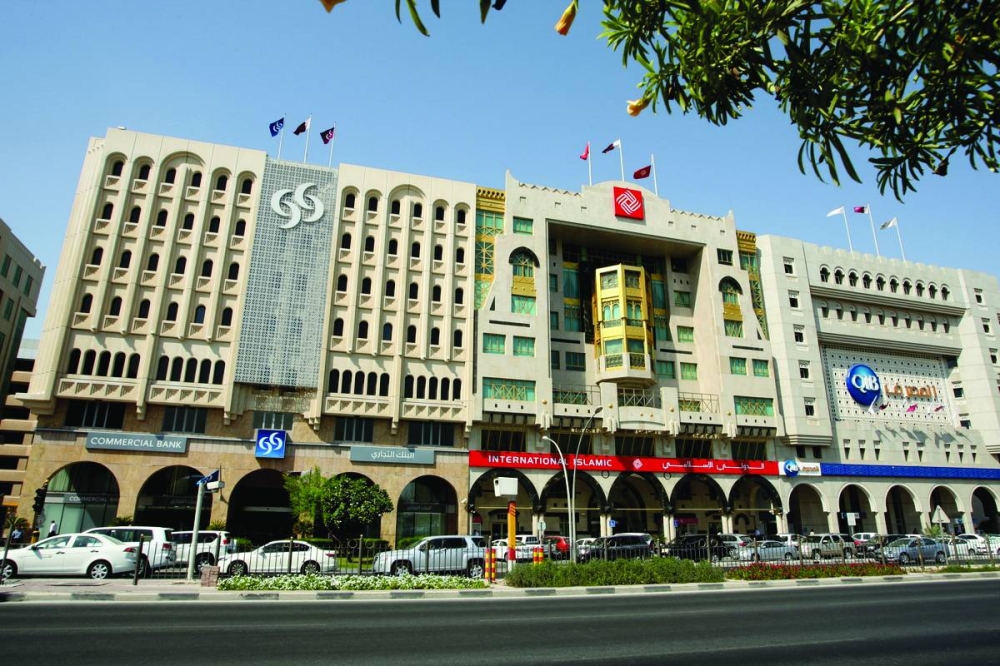Banks in the main Gulf markets as Saudi Arabia, Qatar and the UAE, are geared “positively” towards rising interest rates as they benefit from strong operating conditions supported by high oil prices and contained inflation, according to Fitch, a global credit rating agency.
Fitch forecasts oil prices to average $80 per barrel and $75 in 2023 and 2024, respectively, which should remain "supportive of operating conditions."
"Banks in the main GCC markets, Saudi Arabia, Qatar and the UAE, are geared positively towards rising interest rates. Most loan books reprice fairly quickly, while low-cost current and savings accounts (CASA) deposits represent a significant proportion of funding," Fitch said in a report.
The UAE banks have benefitted the most from rising rates, with average net interest margins (NIMs) 100bps (basis points) higher in the first half of 2023 than in 2020, compared with an 11bps increase for Qatari banks and little change for Saudi banks.
Highlighting that Qatari bank NIMs have improved only slightly, reflecting a higher reliance on price- and confidence-sensitive non-domestic funding; the rating agency said CASA deposits account for only 20% of sector funding, compared with over 50% in the UAE and Saudi Arabia.
New regulations penalising non-resident deposits in Basel III liquidity ratio calculations have increased competition for resident deposits, adding to funding costs, and the ability to pass higher rates to customers is hampered by exposures to highly indebted sectors, according to the report.
Finding that NIMs are also dampened by weak credit demand and by the public sector continuing to repay its overdraft facilities; Fitch said "we expect NIM improvement to be minimal in the second half of 2023 and 2024 as strong competition limits banks’ ability to reprice assets."
In Qatar, the average annualised cost of risk was stable in the first half of 2023 (106bps), but remains elevated due to muted credit growth and continued provisioning against vulnerable exposures in the real estate and construction sectors, the rating agency said.
Although it may increase, given an average Stage 2 loans ratio above 10% and low specific Stage 2 coverage; Fitch said "we believe overall provisioning is adequate."
The UAE banks are benefitting from healthy liquidity conditions, reflected in negative EIBOR-SAIBOR (Emirates Interbank Offered Rate-Saudi Arabian Interbank Offered Rate) spreads, it said.
Highlighting that liquidity is supported by high oil prices, foreign capital inflows and only moderate credit demand amid rising interest rates, it said "we believe the UAE bank NIMs have now peaked and will remain stable in the second half of 2023, before declining slightly in 2024."

Highlighting that Qatari bank NIMs have improved only slightly, reflecting a higher reliance on price- and confidence-sensitive non-domestic funding; the rating agency said CASA deposits account for only 20% of sector funding, compared with over 50% in the UAE and Saudi Arabia.
